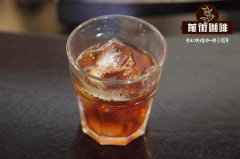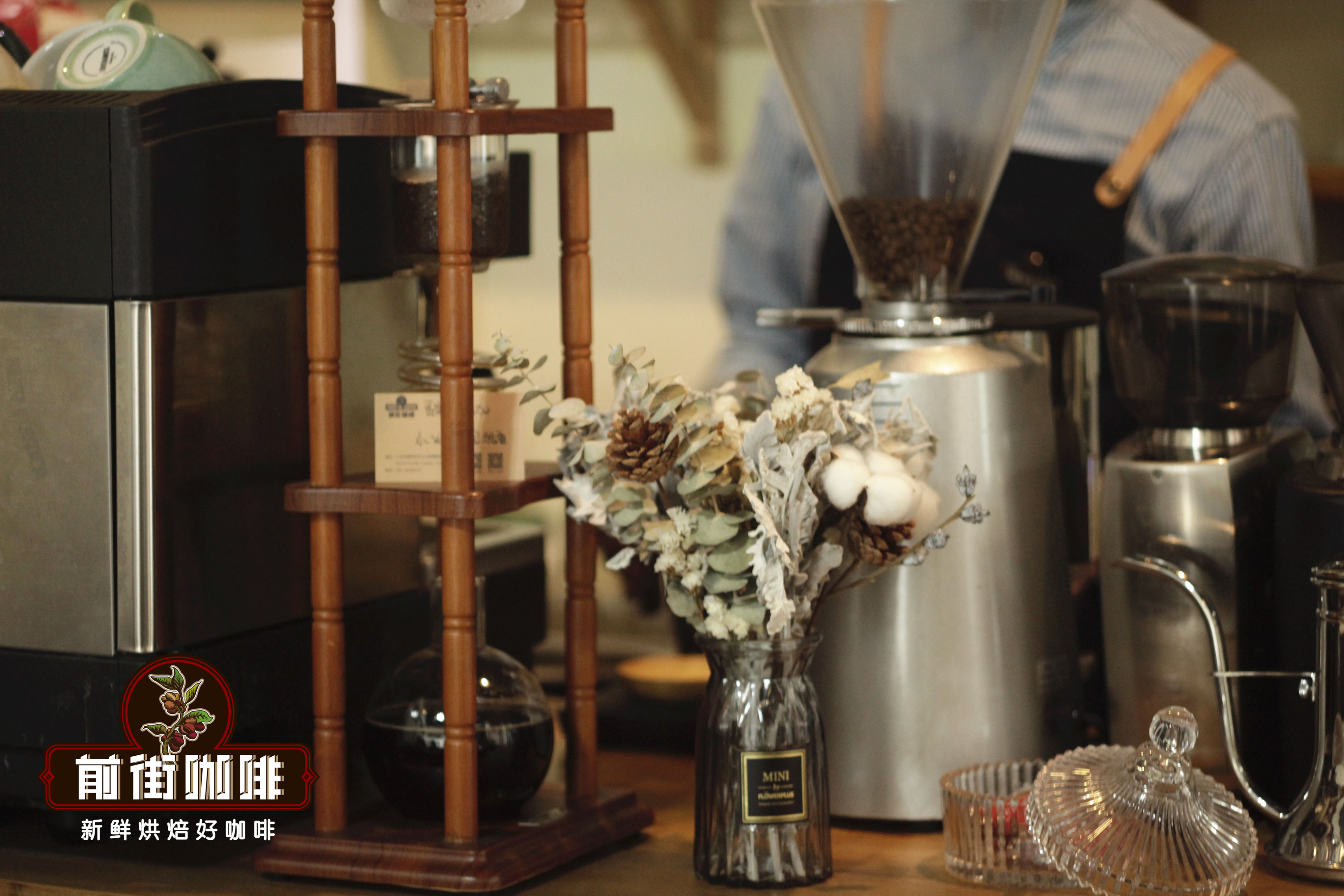Description of the Flavor and Taste of the Origin of the name Moya Sunny, a boutique coffee from Kenya

Professional coffee knowledge exchange more coffee bean information please follow the coffee workshop (Wechat official account cafe_style)
Kenya (Kenya) is located in eastern Africa, adjacent to Ethiopia, the "source of coffee". Despite the fertile soil, coffee was first grown in the country when Bourbon (also known as French mission, to commemorate the introduction of French missionaries) was introduced from Brazil in 1893; like the story of "go left, go right", coffee did not move inland to the south but to the Red Sea. After hundreds of years of spread, after settling down and mutating all over the world, he returned to his hometown, the Great Rift Valley (The Great Rift Valley).
As a British colony, it is only natural that the benefits of exporting coffee are skewed towards the sovereign state. Until 1954, Kenyans owned only 5000 acres of arable land, most of which were controlled by the British and sent to London for auction. Although the colony seems to have been exploited, without the British laboratory Scott Laboratories, Kenyan coffee would not have been what it is today.
Because its representative varieties SL-28 and SL-34 are two of the 40 kinds of coffee grown in the laboratory that year. At present, the popular varieties in Kenya include Ruiri 11 with high disease resistance but slightly lower taste, and Batian, K7 and Kent with high drought resistance.
The Maomao uprising (Mau Mau Uprising), which took place in 1956-60, returned most of the control of cultivated land to indigenous people. Coffee farms are mostly small-scale operations with an annual output of hundreds of kilograms. They will decide to sell the fruit to the nearby processing plant (Coffee Factory) according to the delivery distance and the purchase price. The famous Karagoto Coffee, for example, is actually a processing plant around the town of Karatina.
After collecting the coffee fruits of nearby farmers, they will be processed and exported. It will also provide farmers with technical support for planting. Karagoto itself, on the other hand, combines Tegu and Ngunguru processing plants to form a Tekangu Farmers Cooperative Society,FCS. Most of the famous producing areas in Kenya are concentrated in the central part, such as Nyeri, Kiambu, Kirinyaga and the western mountains near Uganda (Nakuru, Bungoma, Kitale, etc.).
The Guama treatment plant, which began in 1974, is owned by the local Baragwi cooperative, which has 12 plants and more than 16000 members. The Guama treatment plant is located on the west side of Kirinyaga, Kenya. The soil on the farm is red volcanic soil, and the varieties are SL34 and SL28. The flowering season is from March to April and the harvest time is from October to December.
In order to improve the biodiversity of the area and protect the original coffee trees, bananas, shrubs and Hawaiian fruits were planted by intercropping. The Kirinyaga producing area is located in an excellent location near the equator, with two rainy seasons a year, so there are two different seasons, with winter as the main production season and summer as the small birth season. After the coffee is harvested, the coffee is washed and treated in the nearby Kamweti River, then the coffee beans with sheep skin are placed on the scaffolding to dry.
Moya Sunny AA TOP
Treatment: washing
Variety: SL28&SL34
Flavor description: strong aroma of coffee flowers, white flowers, with aromas of vanilla, ripe cherry, cranberry, raspberry, green grape and white peach
Important Notice :
前街咖啡 FrontStreet Coffee has moved to new addredd:
FrontStreet Coffee Address: 315,Donghua East Road,GuangZhou
Tel:020 38364473
- Prev

Boutique Coffee Bean Brand recommends SCAA Fine Coffee Bean definition Fine Coffee Bean taste
Professional coffee knowledge exchange more coffee bean information Please pay attention to the coffee workshop (Wechat official account cafe_style) boutique coffee, as the name implies, is from the beans to the cup has always maintained the highest quality coffee. It can be a concept and philosophy, and it is the foundation to ensure the long-term prosperity and development of the coffee industry chain. twenty
- Next

What is the taste of Brazilian coffee producing areas? characteristics of flavor and taste of Brazilian bourbon coffee beans
Professional coffee knowledge exchange more coffee bean information please follow the coffee workshop (Wechat official account cafe_style) Brazil is currently the world's largest coffee producer-the total output in 2010 reached 48.095 billion bags, exceeding the global output of 1max 3! Coffee was first introduced to Pakistan in the early 18th century.
Related
- Detailed explanation of Jadeite planting Land in Panamanian Jadeite Manor introduction to the grading system of Jadeite competitive bidding, Red bid, Green bid and Rose Summer
- Story of Coffee planting in Brenka region of Costa Rica Stonehenge Manor anaerobic heavy honey treatment of flavor mouth
- What's on the barrel of Blue Mountain Coffee beans?
- Can American coffee also pull flowers? How to use hot American style to pull out a good-looking pattern?
- Can you make a cold extract with coffee beans? What is the right proportion for cold-extracted coffee formula?
- Indonesian PWN Gold Mandrine Coffee Origin Features Flavor How to Chong? Mandolin coffee is American.
- A brief introduction to the flavor characteristics of Brazilian yellow bourbon coffee beans
- What is the effect of different water quality on the flavor of cold-extracted coffee? What kind of water is best for brewing coffee?
- Why do you think of Rose Summer whenever you mention Panamanian coffee?
- Introduction to the characteristics of authentic blue mountain coffee bean producing areas? What is the CIB Coffee Authority in Jamaica?

